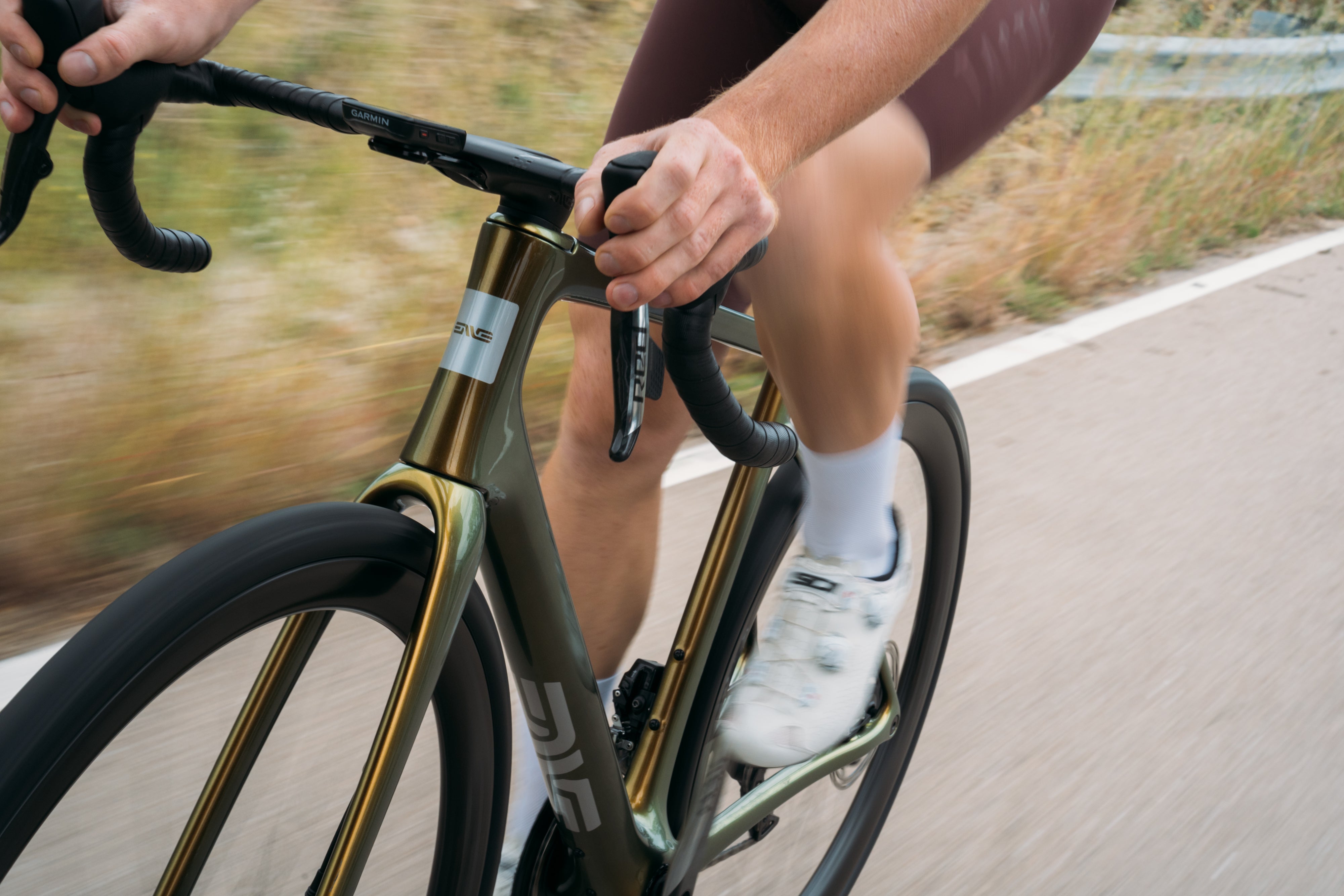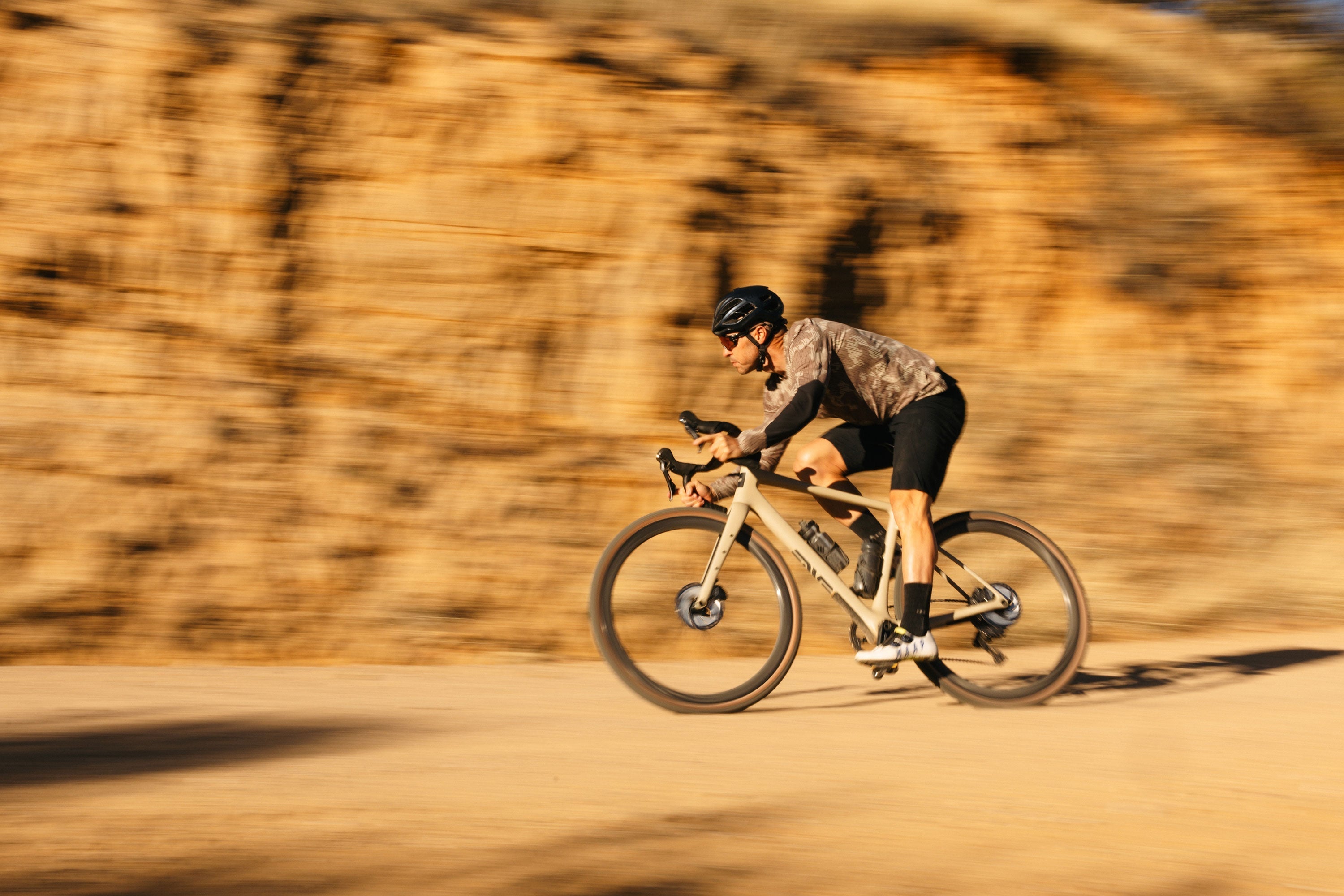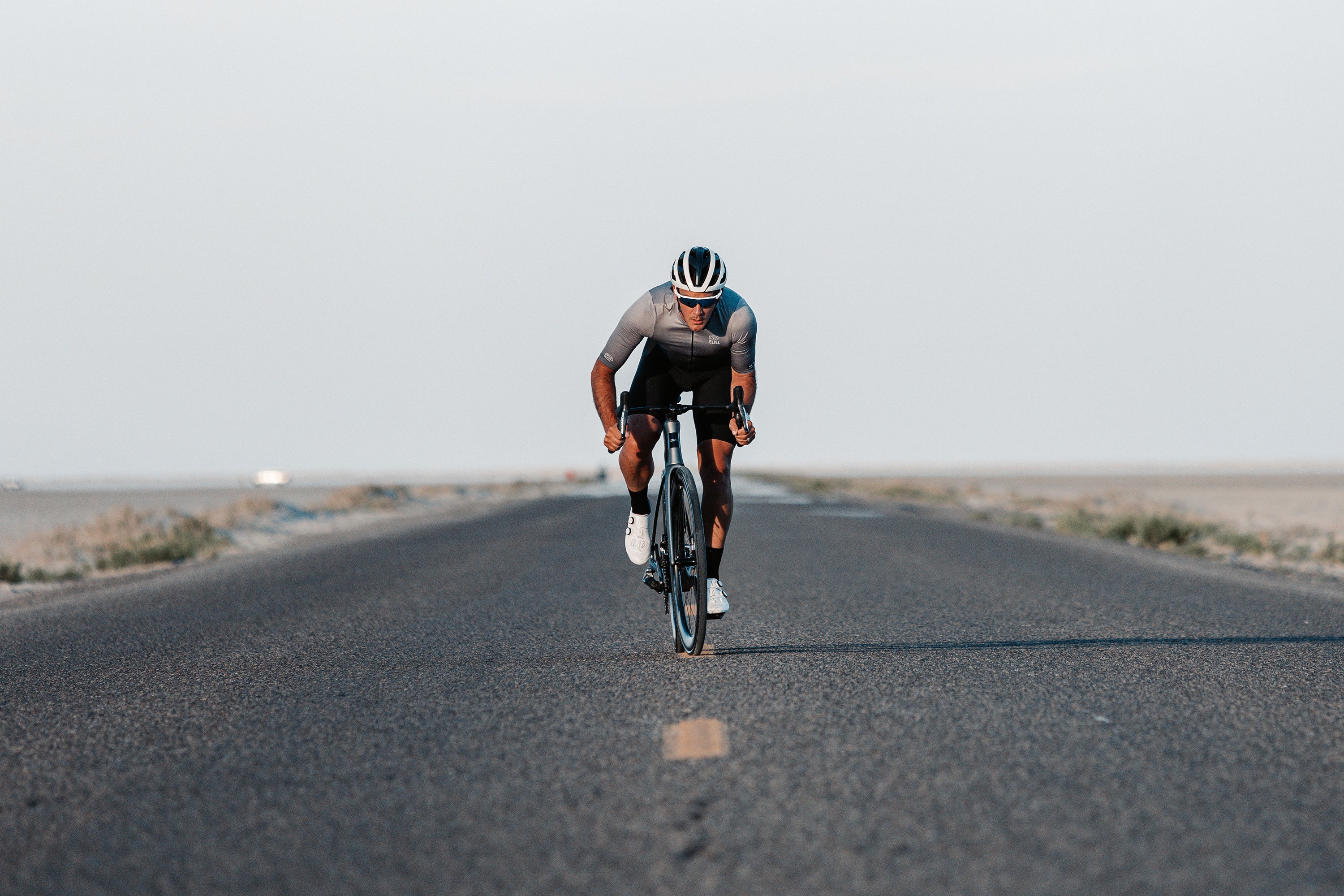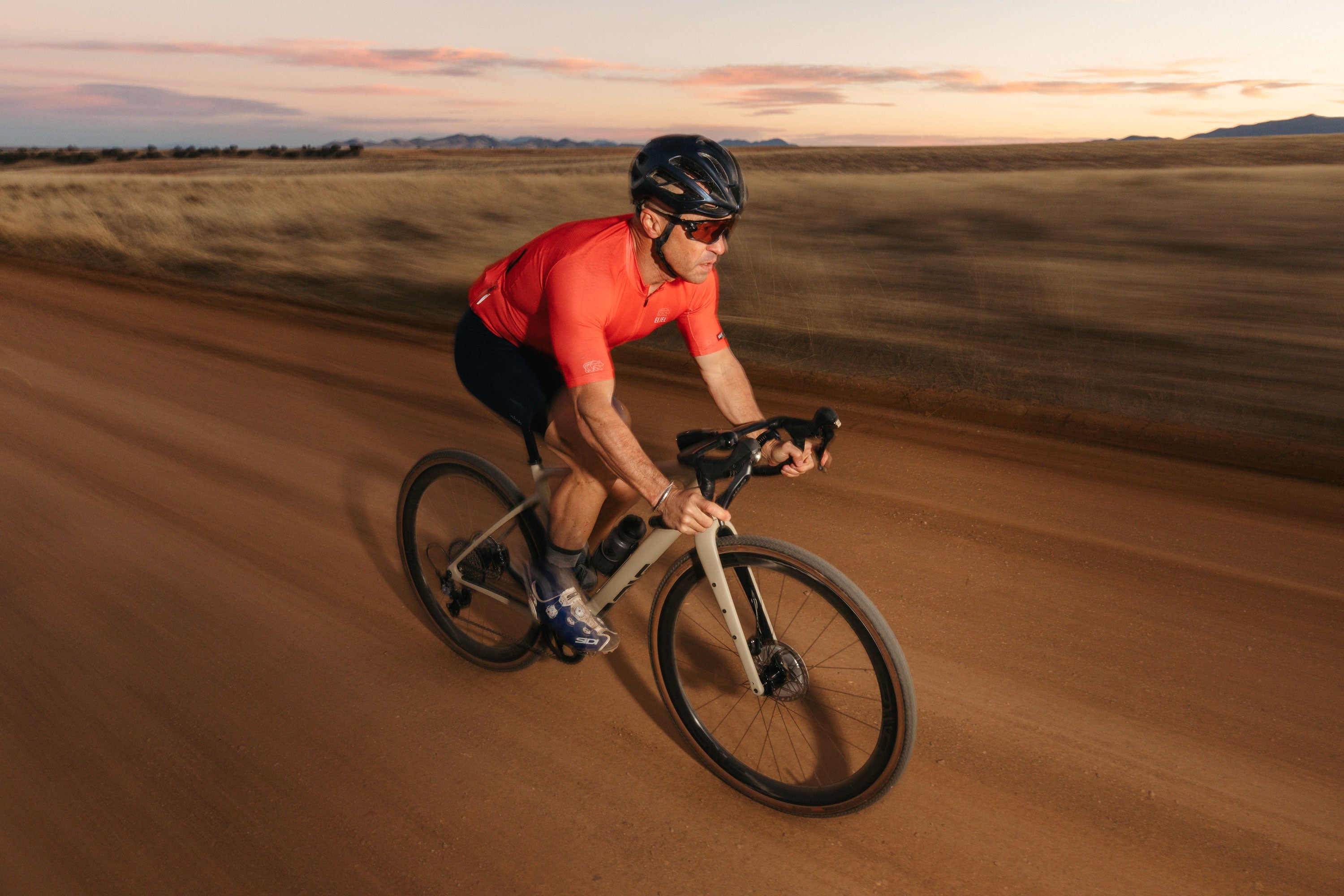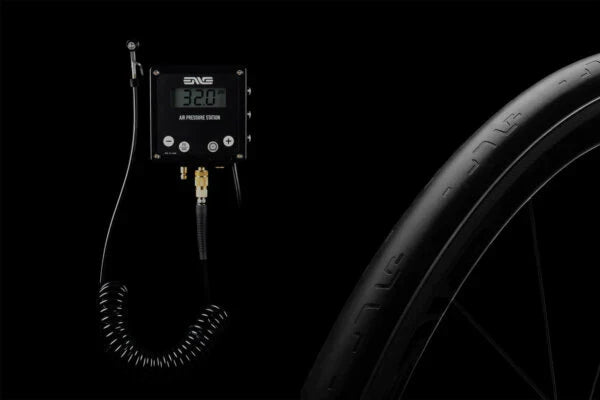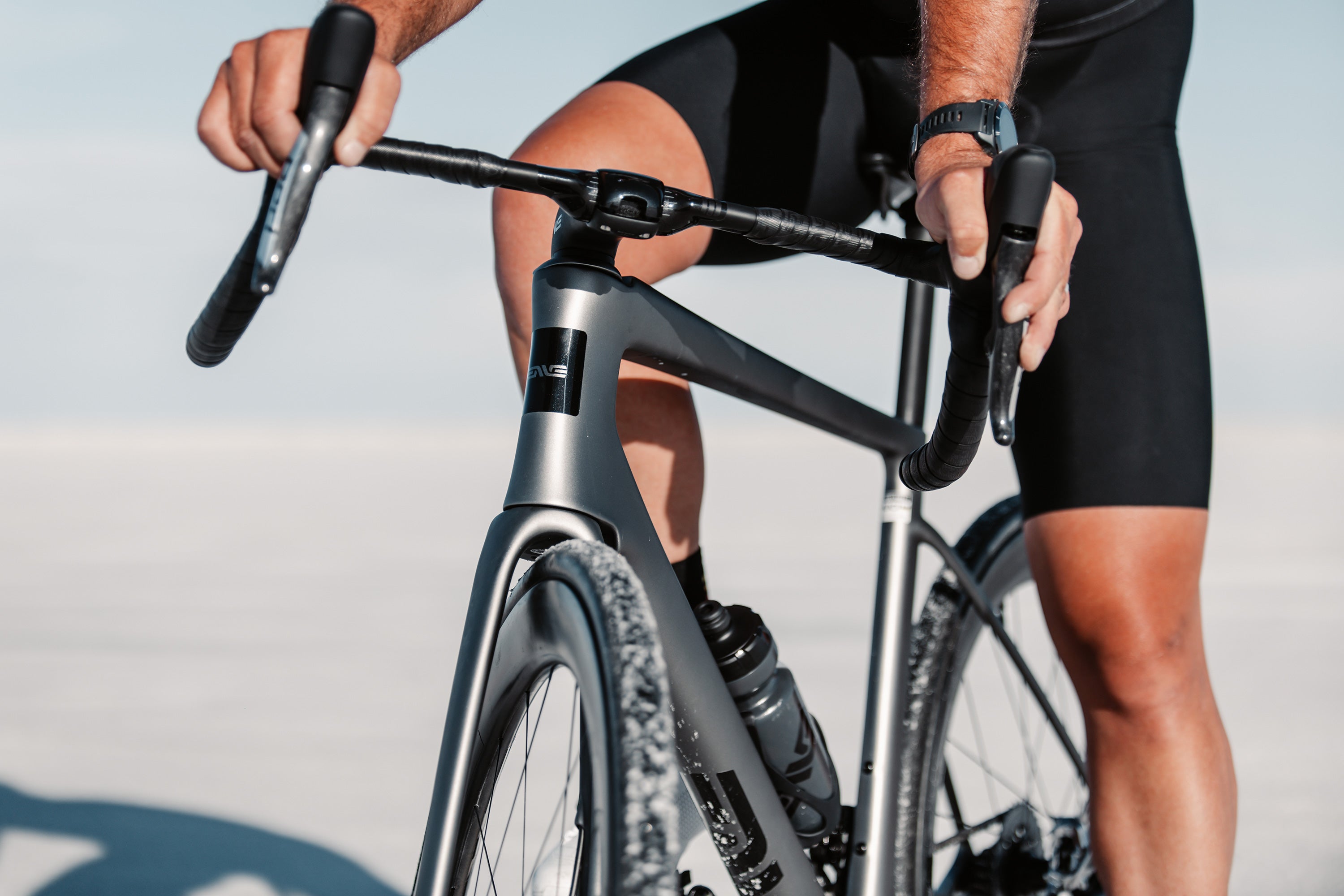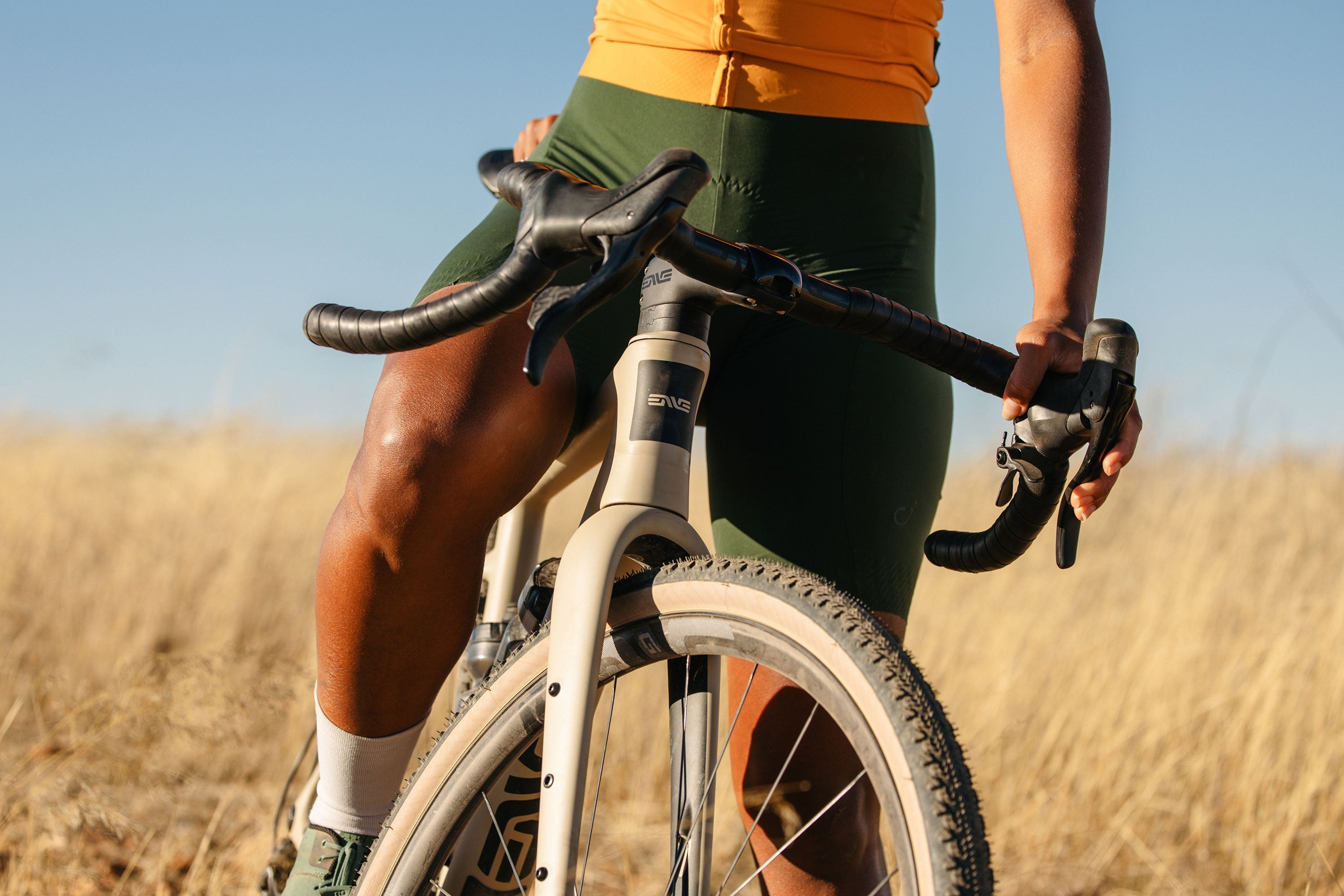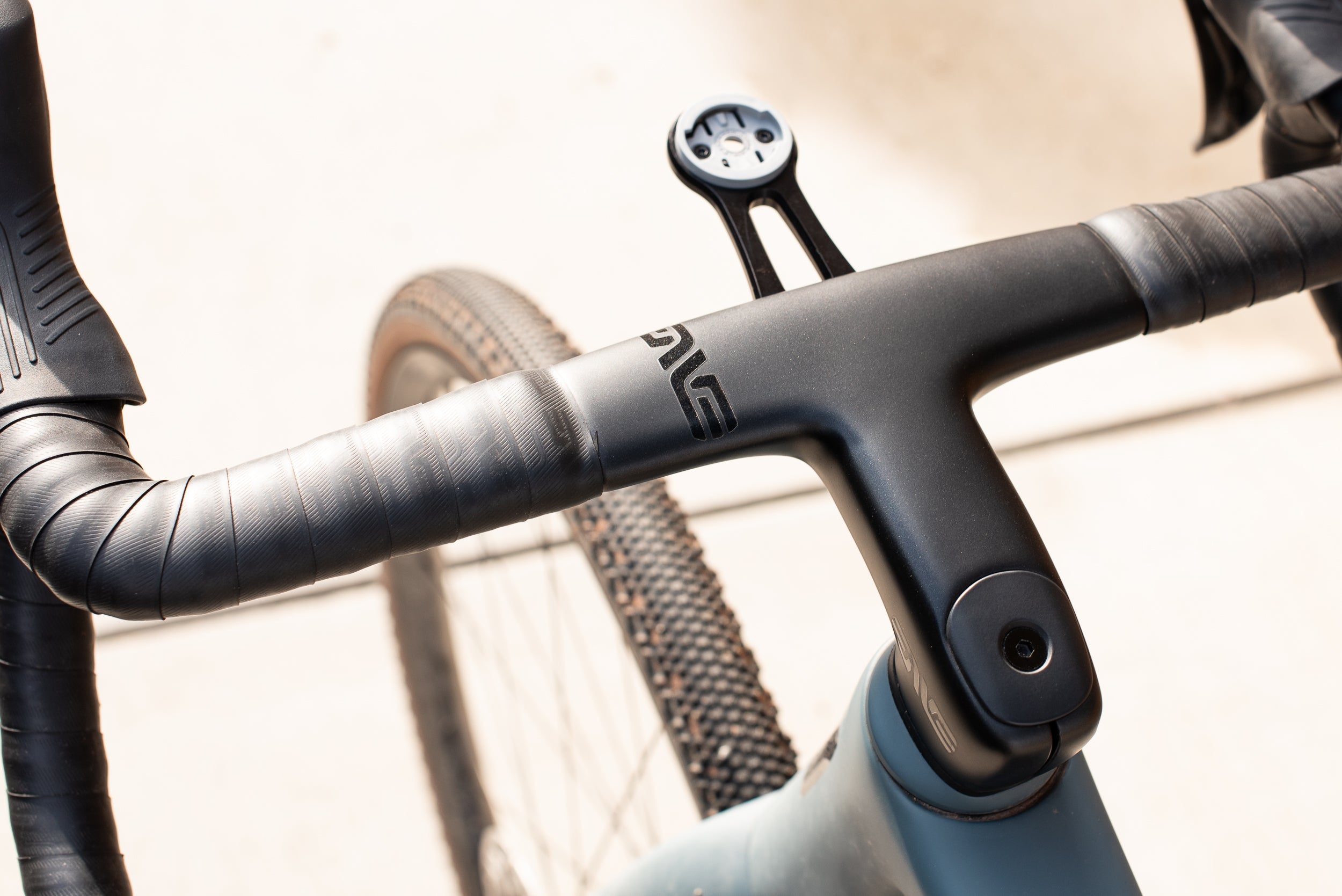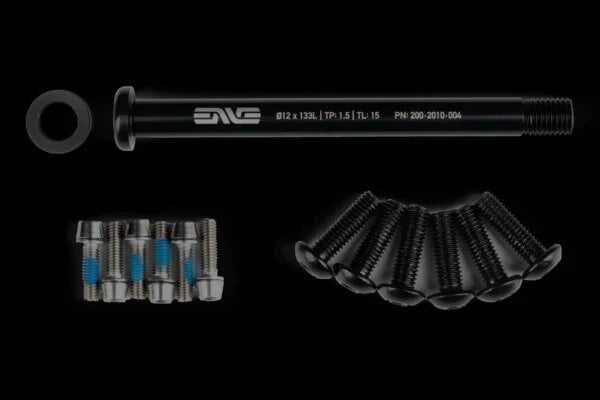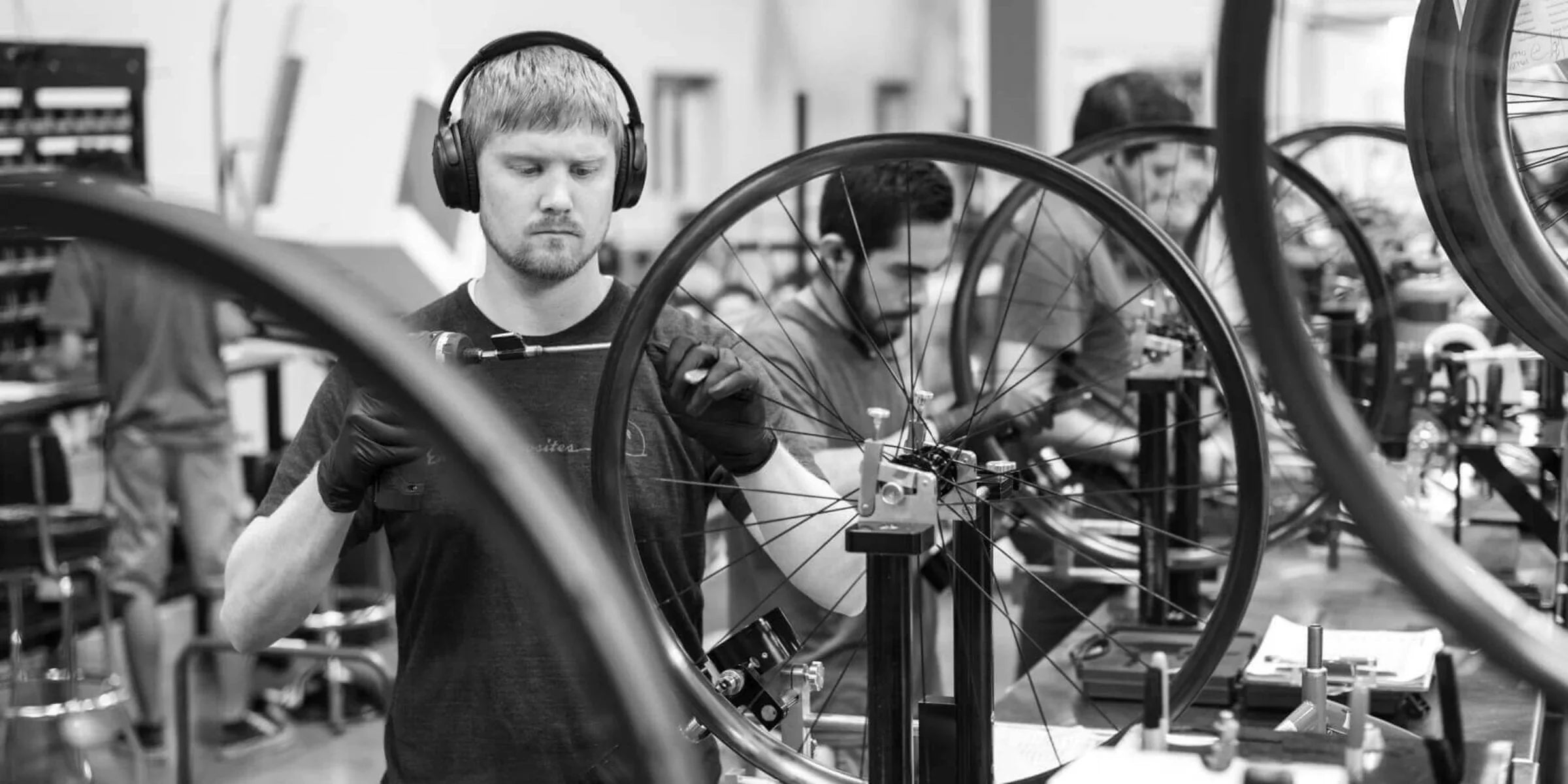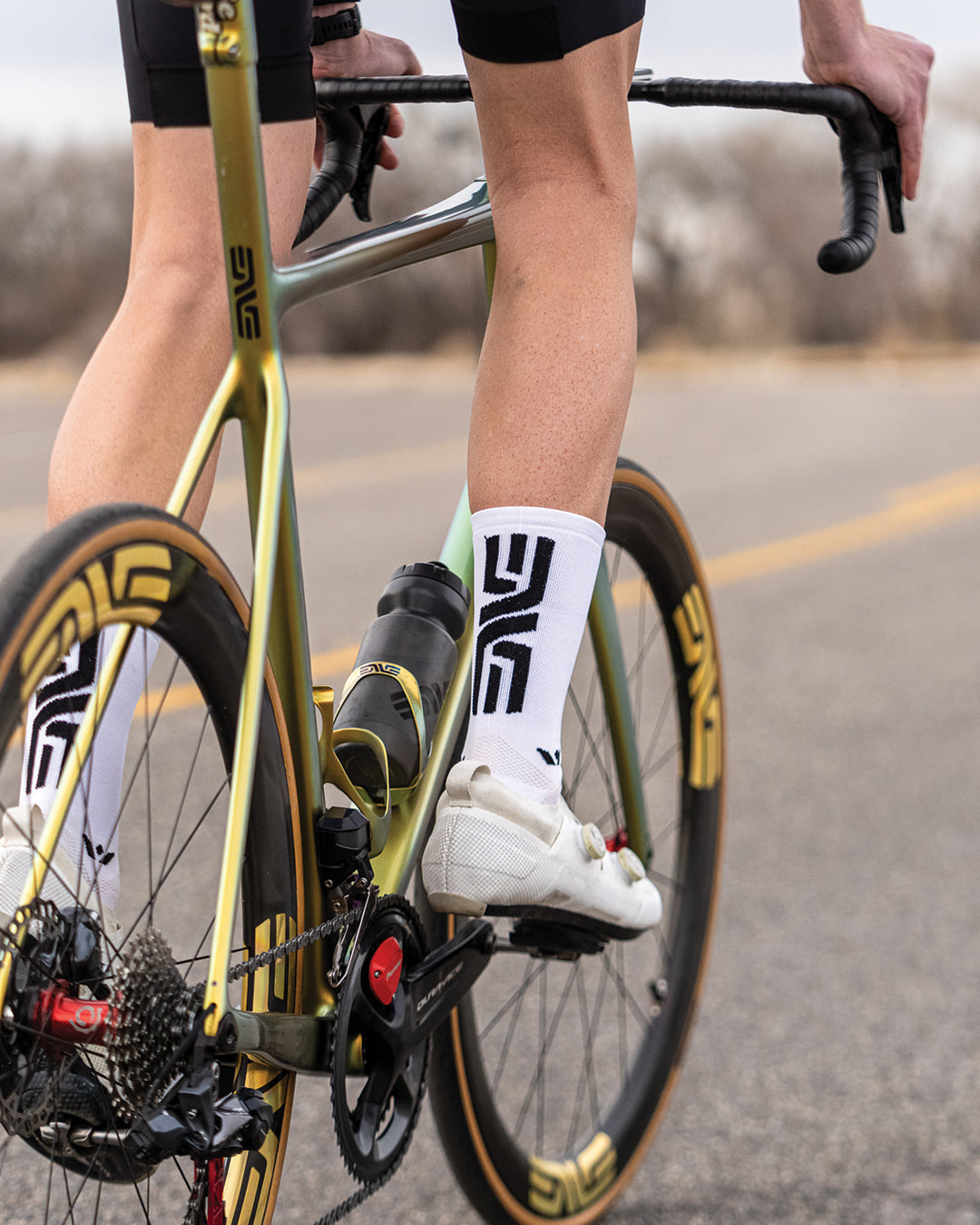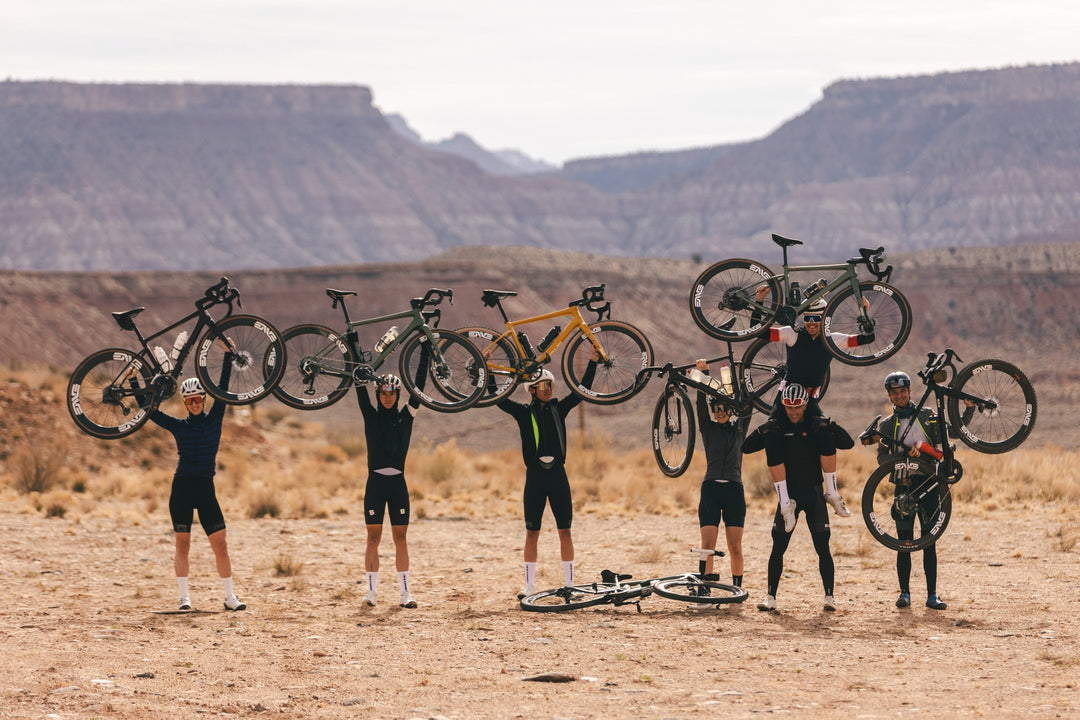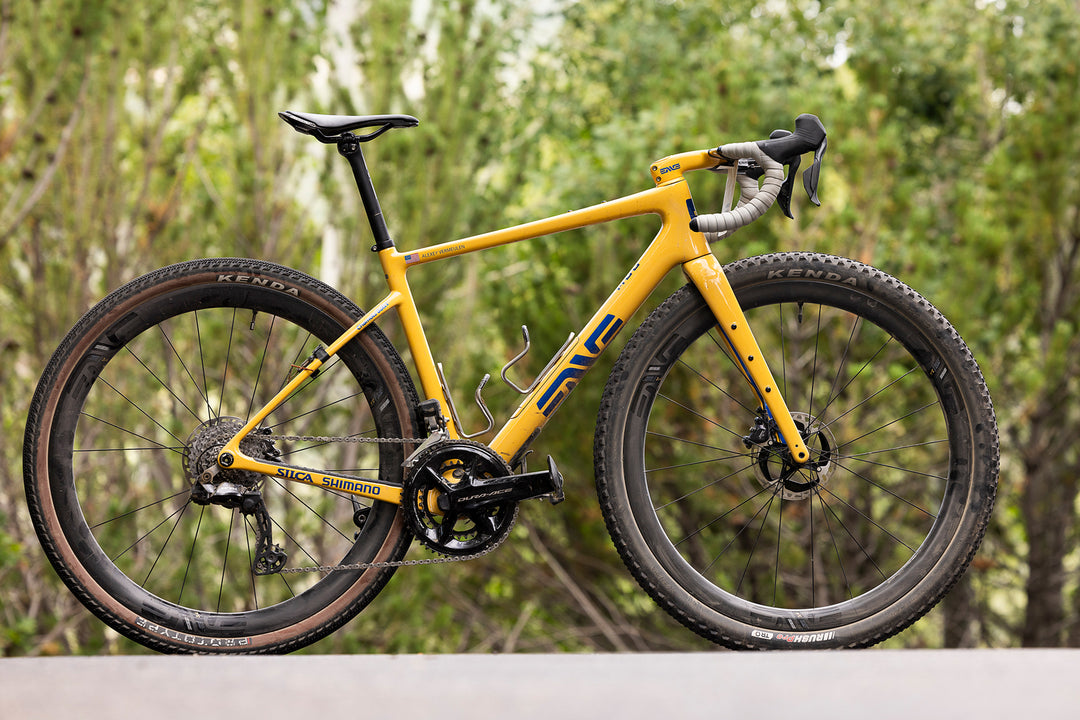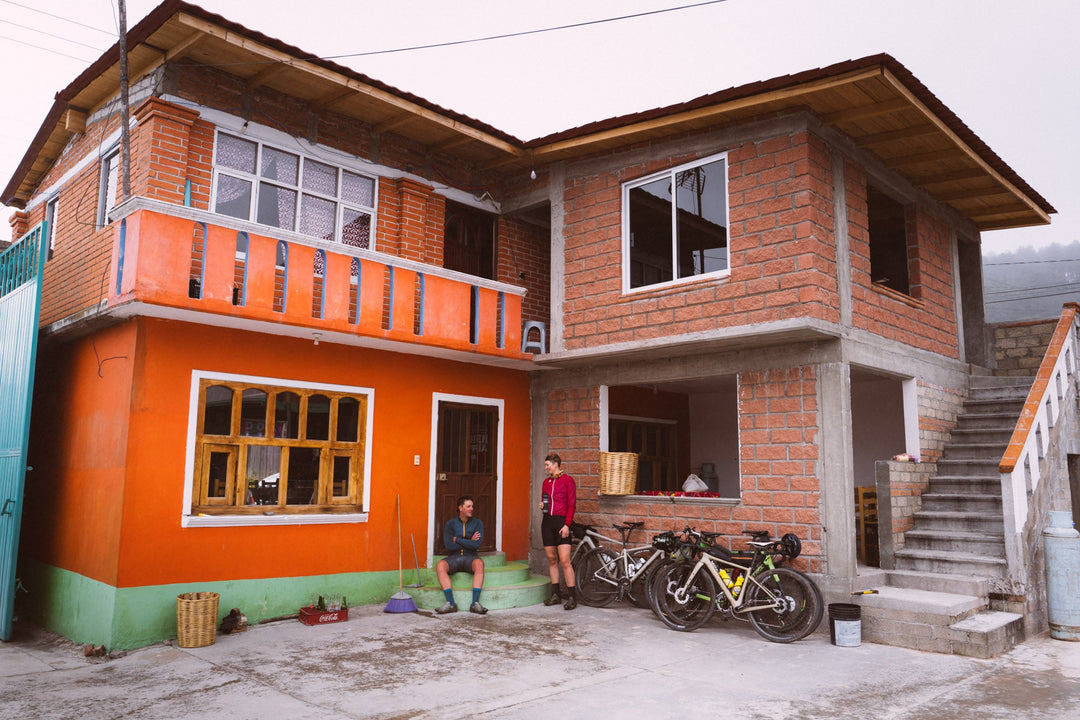Builder Profile: Parlee Cycles
Parlee Cycles is a custom frame builder and long-time ENVE partner. It’s also a stock bike manufacturer with a dealer network. We spoke to this enigmatic brand in search of its true identity
Every custom bike is different, because each builder puts so much of themselves into the product. The brands are as disparate as the people wielding the tools. Even so, from a couple of steps back, the small operations hand building custom bikes one at a time can be grouped together. Parlee Cycles does not belong in that group.
Why not? First and foremost, Parlee also makes stock bikes and that side has quickly grown to represent by far the majority of the business, despite not coming at the detriment of the custom side.
And there’s a lot more to its differentiation, too. Parlee was one of the first custom builders to offer an aero bike in 2007 and became an early adopter of disc brakes for the road soon after. Boldly, Parlee was also one of the first to combine the two in last year’s TTiR disc-equipped tri bike, confident to lead the market rather than follow.




Doing so is not without risk. The leading edge of tech is more like a precipice and it’s all too easy to fall into the abyss, yet Parlee appears unperturbed to be jostling for space with industry heavyweights wielding seven-figure R&D budgets. The parallels with ENVE’s values are clear, and it’s no coincidence that the two firms go way back.
“It was a formative partnership for us,” say Parlee’s Tom Rodi. “ENVE is a company that helped us to get to where we are, making tubes and forks for us, and getting on board with things like tapered steerers. That was huge for us. We said to ENVE, ‘Make this happen’ and they did. I don’t think the Z5 would have been the success that it was without that.”
“I’D SAY WE’VE BUILT MORE CUSTOM CARBON BIKES THAN ANYONE, MANY THOUSANDS. I DON’T KNOW WHO MAY HAVE BUILT MORE THAN US. IT’S NOT LIKE WE USED TO BUILD METAL BIKES AND THEN HAD TO LEARN THIS NEW LANGUAGE”



Bob Parlee launched his eponymous custom bike business in 2000. He carried with him a wealth of carbon fiber expertise from 25 years of designing boats so, like ENVE, Parlee is and always has been a composites company.
“I’d say we’ve built more custom carbon bikes than anyone, many thousands. I don’t know who may have built more than us. It’s not like we used to build metal bikes and then had to learn this new language. If you look at an early Z1 custom, a bike that’s 20 years old, and where we’re at now, something like the latest Altum Disc, there’s a direct lineage between those two in terms of the lay-up schedule,” explains Tom.
Such continuity is hardly surprising given that many staff have over a decade of service and the company is still owned by Bob and Isabel Parlee. “They’re here all day every day, in the weeds. It still has that family feel,” says Tom.
What’s more surprising, given that consistency, is the expansion and diversity that kicked off in 2007. Having won many industry awards, earned a lot of fans, and built up strong demand with its custom bikes, Parlee Cycles made the huge leap into producing stock size bikes. As radical a move as it looks, for Parlee it was all about evolution.
“Our vision is that we have grown into a bicycle company,” says Tom. “Custom is where we started – tube to tube, one bike at a time – and that’s still our flagship product, our Z series. Then our second business is our stock bikes, and that’s where a new wave of people got exposed to us, especially in the UK and Australia, our biggest markets, where people really fell in love with the Z4 and Z5.”
Recently, Parlee added a third arm, offering completely customizable build and paint options with stock size frames. In February the brand returned to the NAHBS show after six years away to display some wild examples of what its paint shop can produce. “It’s a huge new category for us; we have four full-time painters right now, and if we had more physical space we could have 10. There’s that much demand.
“That’s the evolution of our business and where we see our future as a bicycle brand, being in all three of those areas, because they all support each other.”
Within that symbiosis, arguably the most important interaction is between the stock and custom frame divisions, despite them appearing to be polar opposites. The custom frame building workshop is the perfect resource to prototype and iterate designs in-house, so while the stock bikes are made in Asia they retain a thick Boston accent. “We can use the custom side to really hone the considerations for the stock bikes. It helps us adapt to trends, too. We were able to get road disc online in 2012. Everyone involved in the design and manufacturing process is a rider. Any time we have a new tubeset, we’ll go ride it and compare our experiences. That’s so important to do alongside the lab testing.”
THE CUSTOM FRAME BUILDING WORKSHOP IS THE PERFECT RESOURCE TO PROTOTYPE DESIGNS IN-HOUSE, SO WHILE THE STOCK BIKES ARE MADE IN ASIA THEY RETAIN A THICK BOSTON ACCENT”
On top of launching the stock range in 2007, Parlee also introduced its first aero options on the custom side, seemingly daring itself to venture into every niche of cycling considered off limits to custom builders.
Aero is the great disruptor of frame design. A decade ago, the mainstream industry was still catching up to the likes of Parlee in persuading Light, Stiff, and Comfortable to all get along. Then along came Aero, as welcome as a stag night stripper at the wedding reception, and ruined everything; early airfoil shape frames were heavy, flexy, and harsh. It took years for the world’s biggest bike companies to develop the solutions, all while spending millions on wind tunnels, super computers, and the brainiacs to operate both, to ensure the bikes were genuinely fast. So how can a tiny custom outfit compete? Because boats.
Making an object travel efficiently through air or water all comes down to fluid dynamics, so Bob Parlee’s decades of experience designing boats was directly applicable. “Not many people know this,” says Tom, “but his first development bikes, in the 90s, before Parlee Cycles existed, were aero designs.”
Bob Parlee was also clever enough to know what he didn’t know, and fortunately, “he has some very smart friends in his network,” says Tom. “We call them ‘the rocket scientists’, but not to poke fun, they actually did work for NASA.
“We were also lucky with our first and second generation to work with MIT.” In case you haven’t heard of the Massachusetts Institute of Technology, it’s arguably the world’s leading research university. No brand could wish for a better R&D partner.
Aero bikes are dangerous waters for a small company, with a high risk of getting torn to shreds by much bigger and more highly evolved rivals. Without huge investment, it’s all too easy to be forced into making crippling compromises; countless brands have rendered themselves easy prey. Yet Parlee, empowered by exceptional expertise, dived in with confidence, a small fish with very sharp teeth.



“IF YOU’D COME TO ME FIVE YEARS AGO AND SAID ‘HEY, YOUR NUMBER ONE SELLING BIKE IS GOING TO HAVE DISC BRAKES, THROUGH-AXLES, ELECTRONIC SHIFTING AND 40C TIRES’, I’D HAVE TOLD YOU TO GO POUND SAND”
It’s very often the case that a large part of what defines a bicycle company – or, for that matter, a wheel company or any other sort – is what it doesn’t make. In the case of Parlee, that category is shrinking. In 2016 it launched its own finishing kit and its first all-road frames, the Z-Zero XD and Chebacco. They might be wizards with carbon fiber but, it turns out, they’re not prophets.
“If you’d come to me five years ago and said ‘Hey, your number one selling bike is going to have disc brakes, through-axles, electronic shifting and 40c tires’, I’d have told you to go pound sand. I’d have thought that maybe we’d offer a bike like that in our custom program but it would never be a best-selling stock bike. But that’s what’s happening with our Chebacco,” says Tom.
It isn’t such a big leap from 40c to 2.1″, so might Parlee Cycles ever go all the way and make a mountain bike?
“I never say never,” says Tom. “People have been asking us for a mountain bike for a long time, and we have some mountain bikers here, so there’s a personal interest for some of us, and also a technical interest, but we know how long it takes to branch out into another category. We’ve been doing tri bikes for over 10 years and people in that category still see us as a newcomer. Could we build a great mountain bike? Yes, I think we could. But there’s so much more to it than that.”
It’s true that you can’t just be a road brand with a mountain bike, as any number of traditional European road bike makers learned the hard way. To have one foot on the road and the other in the dirt is the dual citizenship of cycling and to pass the test requires a brand to speak both languages. That Parlee already has several bilingual staff in key roles gives it a headstart and it isn’t hard to imagine the brand’s name on a downtube half covered in mud.





In search of an emphatic slapdown, we pitch further afield. How about Parlee making an e-bike?
“E-bike is a space that we’re watching pretty intently for the next three to five years,” says Tom. “We’ve been offering that on the custom side for a year and a half, and that’s how a lot of things have started for us.”
And then it becomes clear – Parlee isn’t about the What, it’s the How. This was once a purist builder of bespoke road bikes. Now, from the outside, with its diverse range of stock bikes dwarfing the custom operation, Parlee might look like a completely different company, but that isn’t where its identity lies.
Don’t be surprised if the next 10 years sees the Parlee name appear on mountain bikes, e-bikes, and anything else the market demands. But, whatever it makes, you can bet your bottom dollar that it will be from carbon fiber, and that a bunch of die-hard engineers will have spent an inordinate amount of time achieving the signature ride quality.
Learn more about Parlee Cycles: https://parleecycles.com/
